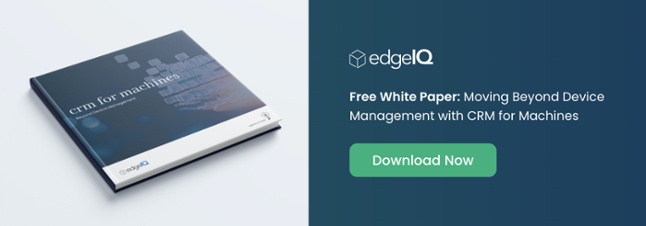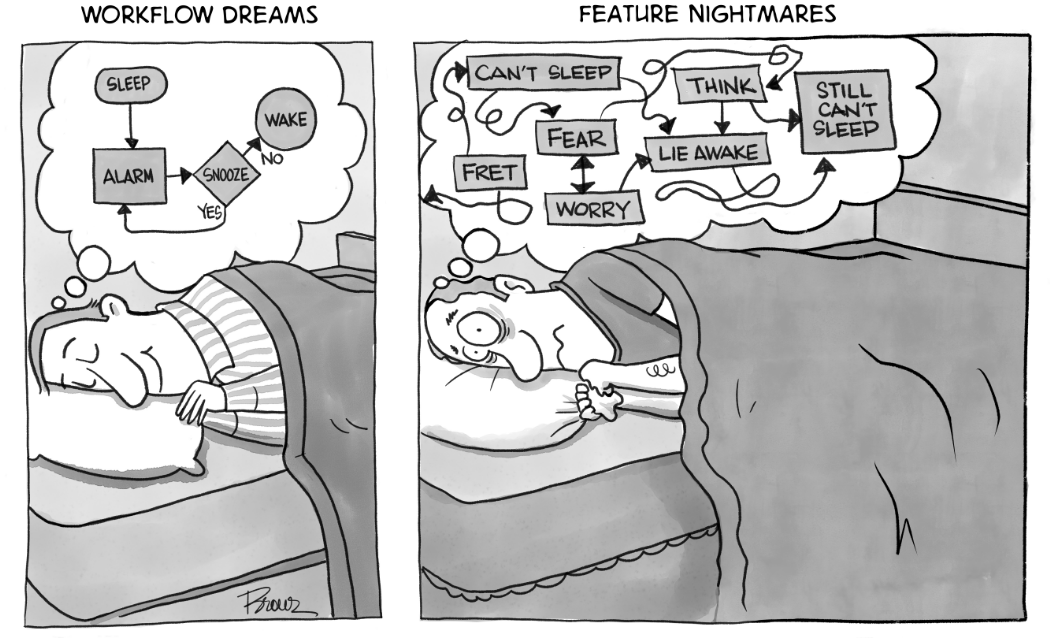I spent 3 days in Chicago last week attending the Service Council’s Symposium 2019.
Even though it wasn’t my first time attending an event for customer and field service professionals, I learned a lot. Attendees support products ranging from lawn mowers to medical instruments, commercial heating and cooling systems to elevators. But what amazes me about this community is how much they really do care about ‘service’.
The opening keynote was delivered by Conrad Smits of Philips Healthcare, who opened and closed his remarks with heart-tugging, tear-jerking videos about the miracle of modern medicine. I spent a number of years with a company focused on the healthcare market, and it’s true - when your business has a mission focused on the physical wellness of others, it’s powerful.
But he wasn’t the only speaker who moved the audience with his sense of mission and purpose.
The final speaker I saw at the event was Mark Crook from HomeServe USA. I actually didn’t know much about HomeServe. They provide emergency home services in heating, plumbing, electrical, etc. When Mark started his presentation, he talked about how he motivates himself at the start of every day. It may seem contrived, but he said he visualizes the 81 year old widow in a heatless home looking out the window waiting for the service truck to arrive. I think I heard his voice tremble.
Conrad and Mark captured what I heard in the voices of dozens of attendees that I spoke with. They really care. These jobs are hard, often thankless and certainly not the most glamorous. But they are so important to their organizations and the customers they serve.
The sense of mission isn’t the only reason that the service organization is critical in the Connected Product Value Chain.
At EdgeIQ we talk about the lifecycle of device management, and the service organization owns, or touches, each element in this lifecycle.
Customer Onboarding and Management
The service organization often has the best list of who the customers are, what products they are supposed to have, what their configurations are, service level agreements and more. A number of attendees admitted that, while they often have a good baseline, the data is not updated. They often don’t know what version of software is running on devices, when the last update was and more.
Provisioning
Too many connected products are brought online manually by field service professionals, but zero-touch deployment is an important feature that can and should be part of any connected product lifecycle. It saves time, money and reduces errors.
Health Monitoring
It amazes me how often a company’s first indication of a problem is a phone call or support ticket created by a customer. Health monitoring with automated alerts can prevent countless service calls.
Remote Updates
Software updates are the new spare part. Increasingly the most important thing that needs to be replaced or updated on a connected product is its software. While support professionals look to engineering and product management for these updates, it is the organization that needs the tools to deliver updates in a deliberate and reliable way - with retry management and an audit trail to confirm success.
Device Decommissioning
Just as the service team is responsible for deploying and provisioning products, so too are they responsible for taking products out of service. Wiping software from devices, and even disconnecting them from a network, can be done remotely. But if not done properly, the support organization can be saddled with supporting products that are no longer being used. These “ghost products” can be a costly and unnecessary drain on an organization.
Every one of the challenges and practices mentioned above was raised by attendees I spoke with. Support professionals are on the front line of device lifecycle management and the connected product value chain. They need tools and best practices to do their jobs. And I know they are committed to acquiring both.



